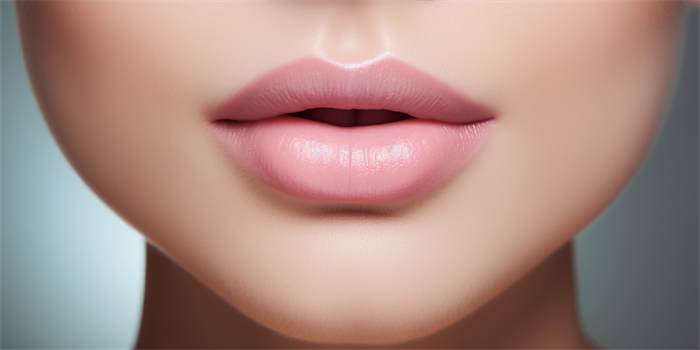How Long Does the Pain Last for Lip Surgery in Hobart?
Lip surgery, also known as lip enhancement or lip augmentation, is a cosmetic procedure that can significantly improve the appearance of the lips. In Hobart, this procedure is becoming increasingly popular due to its ability to provide natural-looking results. However, one of the primary concerns for patients considering lip surgery is the duration of post-operative pain. Understanding the recovery process and the factors that influence pain duration can help patients manage their expectations and plan for a smoother recovery.

1. Immediate Post-Operative Pain
Immediately following lip surgery, patients can expect some degree of discomfort. This pain is typically described as a mild to moderate soreness, swelling, and tenderness around the lips. The intensity of the pain can vary depending on the individual's pain threshold and the extent of the surgery. Most patients report that the initial pain is manageable and can be controlled with prescribed pain medication.
2. Duration of Swelling and Bruising
Swelling and bruising are common side effects of lip surgery and can contribute to the sensation of pain. In Hobart, it is typical for swelling to peak within the first 48 to 72 hours after the procedure. The swelling will gradually subside over the next one to two weeks. Bruising, if present, usually resolves within seven to ten days. As the swelling and bruising decrease, the associated pain will also diminish.
3. Use of Pain Medication
To manage post-operative pain, surgeons in Hobart often prescribe pain medication. Over-the-counter pain relievers such as ibuprofen or acetaminophen can be effective for mild discomfort. For more significant pain, stronger prescription medications may be necessary. It is important for patients to follow their surgeon's instructions regarding pain management to ensure a comfortable recovery.
4. Activity Restrictions and Pain
During the initial recovery period, patients are advised to avoid strenuous activities and maintain a gentle lifestyle to minimize pain and promote healing. Activities that increase blood pressure, such as heavy lifting or intense exercise, can exacerbate swelling and pain. By adhering to these restrictions, patients can reduce the duration and intensity of post-operative pain.
5. Individual Variations in Pain Tolerance
Every individual's pain tolerance is different, and this can significantly influence the experience of post-operative pain. Some patients may find the discomfort manageable with minimal medication, while others may require more intensive pain management. Factors such as age, overall health, and previous experiences with pain can all play a role in how an individual perceives and manages post-lip surgery pain.
6. Long-Term Pain and Follow-Up Care
In most cases, the pain associated with lip surgery is temporary and resolves within a few weeks. However, if patients experience persistent or worsening pain, it is crucial to contact their surgeon for a follow-up evaluation. Long-term pain could indicate complications that require further medical attention. Regular follow-up appointments with the surgeon in Hobart are essential to monitor the healing process and address any concerns promptly.
Frequently Asked Questions (FAQ)
Q: How long should I take off work after lip surgery?
A: It is generally recommended to take at least a few days off work to allow for initial recovery. The exact duration may vary based on the individual's job requirements and the extent of the surgery.
Q: Can I wear makeup after lip surgery?
A: It is best to avoid applying makeup to the lips for at least one week after surgery to prevent infection and promote healing. After this period, makeup can be gradually reintroduced, but it should be done gently and with caution.
Q: When can I resume normal activities?
A: Most patients can resume normal activities within one to two weeks, but it is important to avoid strenuous activities for at least two to three weeks to ensure proper healing.
Q: How can I minimize post-operative pain?
A: Following your surgeon's instructions regarding pain management, activity restrictions, and post-operative care can help minimize post-operative pain. Additionally, applying cold compresses and maintaining a gentle lifestyle can aid in reducing discomfort.
In conclusion, the duration of pain after lip surgery in Hobart can vary based on several factors, including immediate post-operative pain, swelling and bruising, pain medication use, activity restrictions, individual pain tolerance, and long-term follow-up care. By understanding these aspects and adhering to the recommended recovery guidelines, patients can achieve a comfortable and successful healing process.




